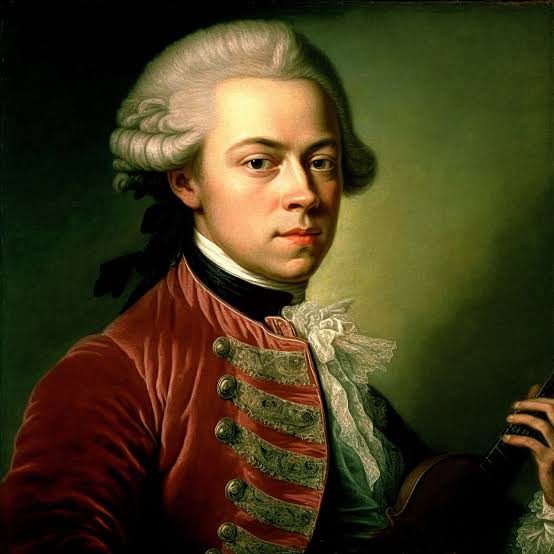Mozart

Wolfgang Amadeus Mozart was perhaps the most influential composer of not only the Classical period, but of all time. His work would influence countless other composers and musicians and his compositions have been heard all over the world. Their continuing popularity speaks to the power and influence of Mozart’s work. We might even compare Mozart to some of the rock stars of our day; he was immensely popular, but he lived hard and died young.
Born in 1756, Mozart began composing pieces by the age of five. As Mozart aged, he held a number of positions, including that of a court musician in Salzburg. His position gave him the opportunity to compose in a number of different musical forms. Between 1774 and 1777, Mozart wrote all of his violin concertos as well as chamber music, symphonies, and masses. He eventually moved to Vienna, where he became a freelance musician and composer. While living there, Mozart became acquainted with a number of other influential composers, including Handel, Bach, and Haydn. In the early 1780s, Mozart put on his own concerts, with himself as the soloist. In order to increase the number of people who could attend, he often turned to untraditional venues, such as the ballroom of a restaurant and rooms at an apartment building since the regular concert venues had only limited amounts of space. The concerts were a large success, creating a beneficial relationship between Mozart and his audience.
| Mozart: Flute Concerto in G Major |
| Mozart: Fantasia in D Minor |
Mozart continued to explore various musical forms in his compositions. In the late 1780s, he worked on operas, piano solos, and concertos. However, Mozart’s finances took a turn for the worse around 1790. As his financial situation decreased, so did Mozart’s health. He became ill in 1791 while in Prague for the opening of one of his operas. He continued to perform and compose, but his health was declining. Scholars are not sure what illness Mozart had, although over 100 different illnesses have been suggested. Many scholars believe the cause may have been acute rheumatic fever. He died on December 5, 1791, at the age of thirty-five.
Like Haydn, Mozart’s influence, in part, is the range of forms that he impacted with his work. During his life, he wrote in almost every musical form known at the time, and he added emotional impact and advanced the technical aspects of each form that he worked in. Mozart was also primarily responsible for the development of the piano concerto during the Classical period. His works reflect the characteristics of the Classical period, including balance and simplicity. During his lifetime, Mozart composed over 600 different pieces, including over 40 symphonies as well as violin sonatas, piano concertos, masses, and arias.
One of the characteristics of Mozart’s work that has helped his music retain its popularity is the memorable melodies that many of Mozart’s pieces have. Some have argued that these melodies are the hallmark of his work. The melodies are often easy to remember and recognize. There is also often a rich texture and harmony to his works.
